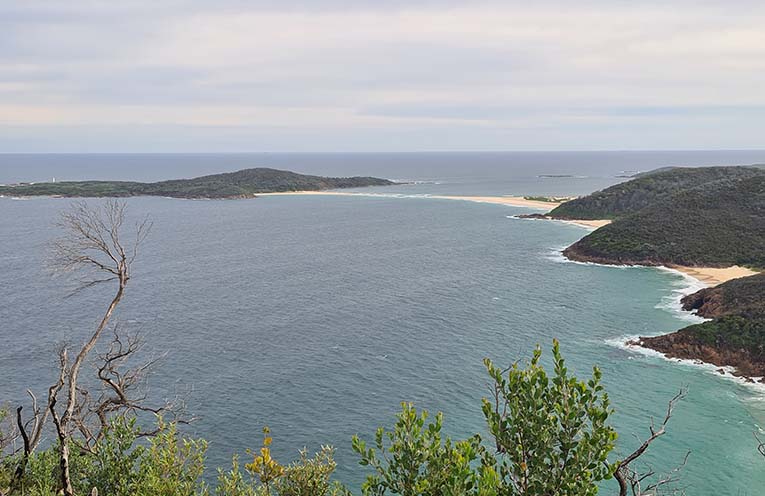
THE Six Cities Region comprises Lower Hunter and Greater Newcastle City, Central Coast City, Illawarra Shoalhaven City, Western Parkland City, Central River City and Eastern Harbour City.
The Six Cities catchment is home to six million people and it is anticipated that within the next two decades, this will grow to over eight million people.
 Advertise with News of The Area today.
Advertise with News of The Area today.It’s worth it for your business.
Message us.
Phone us – (02) 4981 8882.
Email us – media@newsofthearea.com.au
City regions around the world, such as Singapore, San Francisco Bay and the Randstad in the Netherlands, have similar populations but operate with significantly greater economic reach.
It is hoped that through adopting a city region approach, that benefits will flow including greater job opportunities, and more livable communities.
The NSW Government’s recently released Six Cities Region Discussion Paper states that the region will see “increased housing supply; housing that is diverse and affordable; growth that is managed by the provision of accompanying physical and social infrastructure which ensures complete and connected local centres and neighbourhoods; cities that actively address the challenges of climate and sustainability; and fairness and equity across our six cities”.
Steve Peart, Group Manager Development Services at Port Stephens Council told News Of The Area, “By bringing the Lower Hunter and Port Stephens regions together into the Six Cities Region, we’ll be able to attract more employment and industry opportunities that contribute to a prosperous economy, provide better jobs, housing and education, and improve overall liveability.”
A range of sectors are expected to benefit from the formation of the Six Cities Region including tourism.
“Tourism will also experience a boost, as the six cities become better connected, and our region is showcased as part of a globally competitive region to international tourists,” said Mr Peart.
“Our region also features a world class university, as well as a soon-to-be International Airport connecting the Hunter directly to Asia, and beyond.
It will be easier than ever for people to visit and invest in our region,” he said.
While our airport is about to become international there are still transport issues facing tourism with connections from the airport to destinations limited at this stage.
The discussion paper touches on light rail and is seeking input as to how we bring together six cities to collectively build the scale, scope and potential for a world-class region of better jobs, housing, education and leisure that is productive, sustainable and liveable for everyone – while celebrating and leveraging each city’s unique character and strengths.
By Marian SAMPSON
